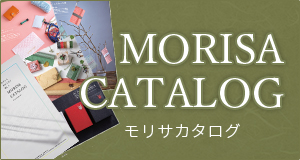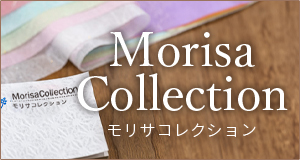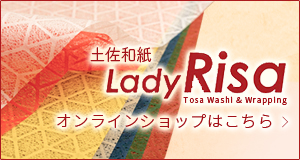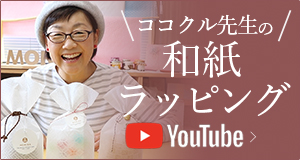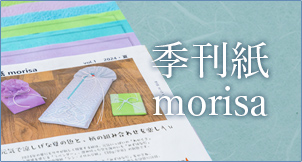History of Tosa Washi
How has Tosa paper been made?
Its history is long, with a record of paper production dating back to 1100 years ago in the Engishiki (Engi Shiki). Also, about 800 years ago, when the Kamakura Shogunate conducted a land survey, 13 sheets of “Sugihara-gami” were offered from Ono-go (Ino-cho) and Nakamura-go (Haruno-cho) in Agawa-gun, according to the record. Sugihara-gami” refers to a high-quality paper similar to today’s hosho, which suggests that these people possessed fairly advanced papermaking techniques at that time.
There is a legend that at the beginning of the Keicho era (around 1600), Shinnojo of Hyugaidani Village, Uwa County, Iyo Province, came to Nariyama Village (present-day Ino-cho, Kochi Prefecture) and taught people how to make more modern, high-quality paper. However, it seems certain that there was a certain amount of technical innovation in washi production areas around this time, and that Shugenja and ascetic monks played a role in the spread of handicraft techniques such as papermaking and dyeing at a time when ordinary people could not travel freely between countries. Shugenja and ascetic monks undoubtedly played a role in the spread of handicrafts such as papermaking and dyeing.
During the feudal domain era, there was a specially protected position of “official paper-maker” who made paper for use by the Tosa domain. It is also well known that the paper was offered to the Shogunate as a specialty product, dyed paper in persimmon, yellow, purple, peach, mellow yellow (light green), light yellow (light blue), and blue, called “Tosa seven-color paper”. It is evident that the high technology of paper making and dyeing of Tosa Washi was already highly valued at that time.
< Genta Yoshii’s achievements.
In 1860, Genta Yoshii of Ino-cho developed a large continuous strainer and popularized it throughout Japan.
He also promoted the rationalization of the papermaking industry by encouraging the cultivation of raw materials and the organization of small businesses. In response to the introduction of Western civilization, he developed typewriter paper and mimeograph paper for export to Europe, making Tosa the number one producer of Japanese paper in Japan. This is the reason why Genta Yoshii is called the “benefactor of the Tosa paper industry.
Along with the production volume of Tosa washi, related industries also developed, with technicians available for making bamboo screens, girders, brushes, and other tools, and the basic materials for these tools, such as bamboo strips and braided thread, were produced and sent to washi production areas throughout Japan.
Although the cultivation of raw materials has increased in recent years, with more and more coming from Asia and South America, it still accounted for almost half of the nation’s production in 1986.

